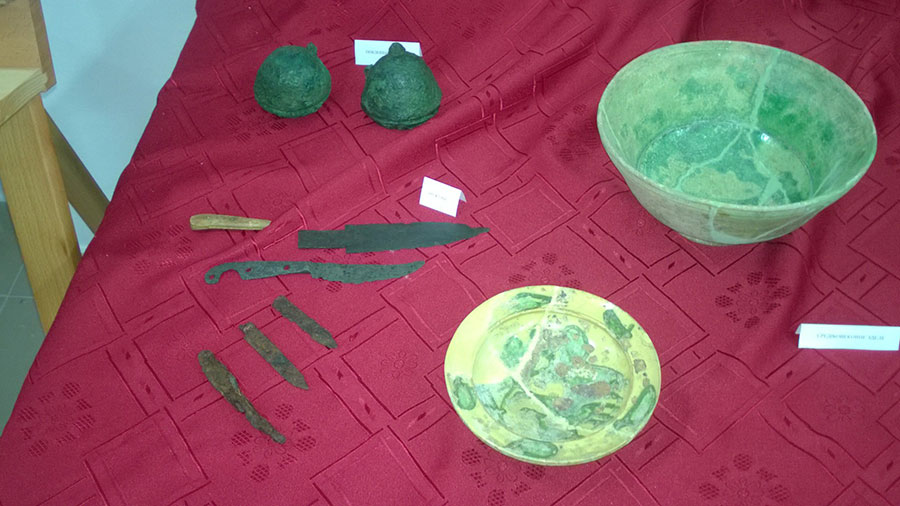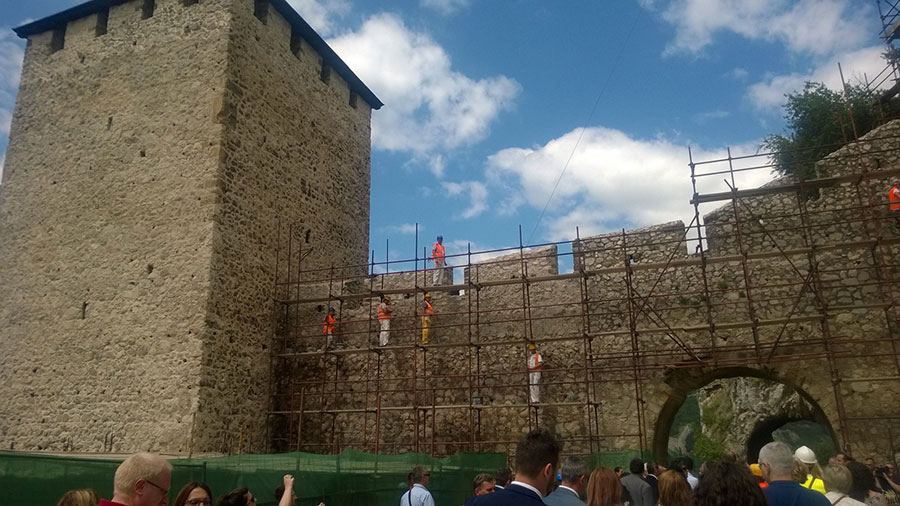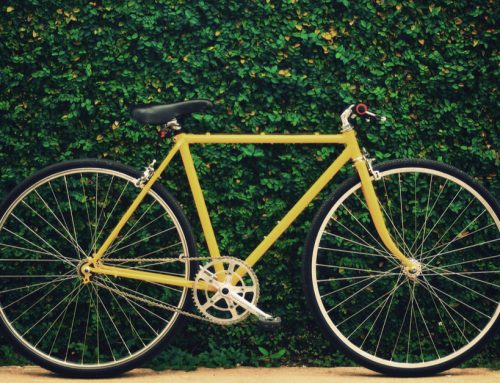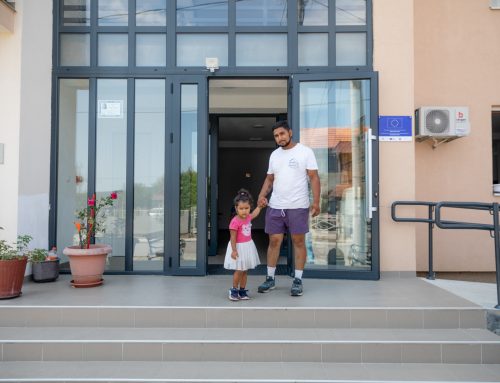During the final ceremony for the project “Social and economic development of the Danube region in Serbia” and marking the Danube Day, a new water-supply system was put in works in Veliko Gradište, on the Srebrno lake. The investment, worth EUR 4.5 million, was financed by the European Union donations from IPA 2011 programme.
Thanks to the new water-supply system, running water is secured for the tourist complex on the Srebrno lake, as well as surrounding villages of Veliko Gradište and Golubac municipalities. Some 25,000 people will directly benefit from this investment, expected to improve tourism on the Srebrno lake as the previous water-supply system has not been sufficient for growing needs for fresh water in this tourist area.
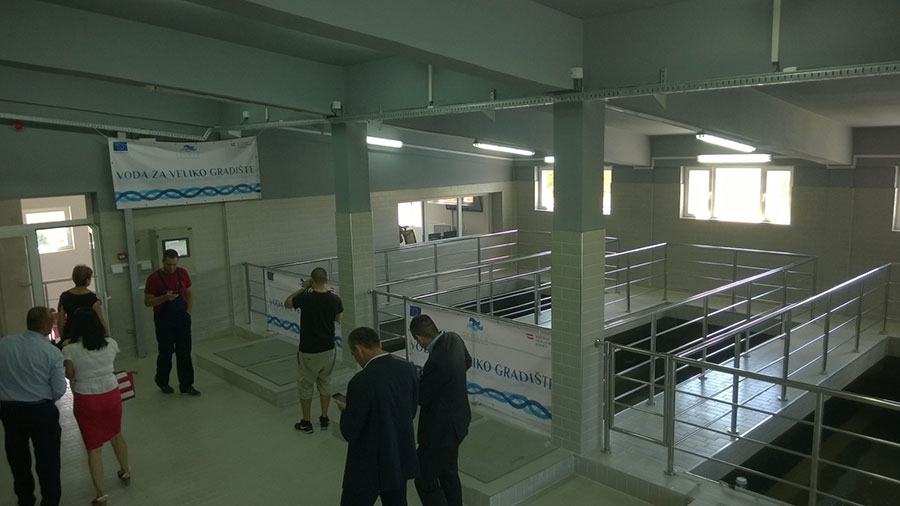 Catherine Wendt, director of the Department for Serbia with the General Directorate For Neighbouring Policy and Enlargement Negotiation of the European Commission, was present at the ceremony. She said that, during their trips to Serbia, EU representatives were very often focused on institutional meetings in Belgrade, but this time, she wanted to make sure to see how EU projects function on the ground, in Serbia’s countryside.
Catherine Wendt, director of the Department for Serbia with the General Directorate For Neighbouring Policy and Enlargement Negotiation of the European Commission, was present at the ceremony. She said that, during their trips to Serbia, EU representatives were very often focused on institutional meetings in Belgrade, but this time, she wanted to make sure to see how EU projects function on the ground, in Serbia’s countryside.
“On the way to this water supply facility I saw the wonderful Silver Lake resort and I can just imagine all the touristic and economic opportunities it offers not only to the citizens of Serbia, but also to international tourists travelling on the Danube. Serbia has a great potential to seize all these opportunities, to the benefit of its economy,” she said.
Summing up results of the project “Social and economic development of the Danube region in Serbia” (SEDDSR), which is a part of the wider European Strategy for a development of the Danube basin, Wendt stressed that: “Through its EUR 3.3 million worth grant scheme, SEDDSR funded 17 projects that are focused on tourism development, environmental protection, sustainable development and reduction of an unemployment rate.” She added that “experts engaged by SEDDSR also developed several important strategic documents that will help Serbia utilising potentials of its Danube Region.
EU will continue supporting Serbia in developing its potentials. We would like to see Serbia as a member state and will help on its way towards the full membership”, Wendt said.
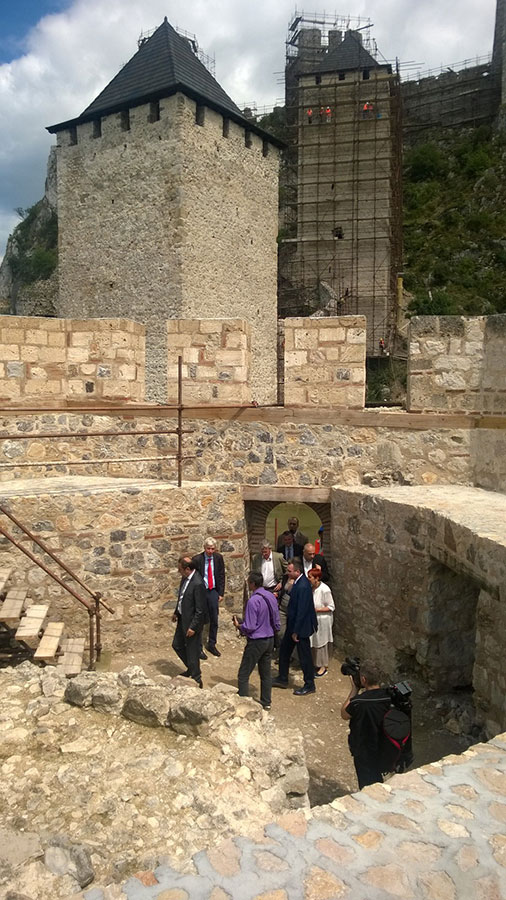 Golubac Fortress will be reconstructed by the end of 2017
Golubac Fortress will be reconstructed by the end of 2017
On the Danube Day, Rasim Ljajić, Serbia’s Deputy Prime Minister and Minister for Trade, Tourism and Telecommunication and Klaus Kapper, director of the Austrian Development Agency (ADA), have signed the agreement for continuing financial assistance for works on the reconstruction of Golubac Fortress, one of the most important cultural and historic monuments, built in the 14th century. Austrian ambassador Johannes Eigner was also present at the signing of the agreement, which is a part of the EU project Social and economic development of the Danube region in Serbia”. Reconstruction of the fortress, which began in 2014, would be finished with the donations from EU and ADA.
“Austrian Development Agency will provide 800,000 EUR, which is enough for works by April 30 next year, after which we will, with the European Commission assistance, get 2.1 million EUR from IPA funds, in order to finalize works by December 15, 2017”, Ljajić said.
Of the planned works, building of the fort-bank and visitors’ center has been finished, while a tunnel has been cut through. It will be used from July 11 as a new traffic way so vehicles would not pass through the fort itself. Works on the renovation of the fort’s walls and its ten towers, as well as the construction of the whole infrastructure have remained to be finished.
The complex of Golubac town, which presents one of seven fortresses on the Danube in Serbia, commercial premises will be built after reconstruction: an open-air theatre with 250 seats, a port for cruisers, a hotel and restaurants. After full renovation and construction of all additional contents, Golubac municipality expect more than 100 job posts will be available in the complex, while tourist visits could bring around half a million EUR per year.
As a small example what the Golubac fortress and following visitors’ centre will offer, a part of the archaeological treasures, found during the works on forest’s reconstruction and clearing of the area for byway was exhibited. Samples of ceramics and pottery from the Ancient Roman and Medieval era were exhibited, as well as parts of weaponry and tools, armours and metal chained head dresses from medieval times, arrow tops and projectiles for crossbows, stone cannon balls etc…
